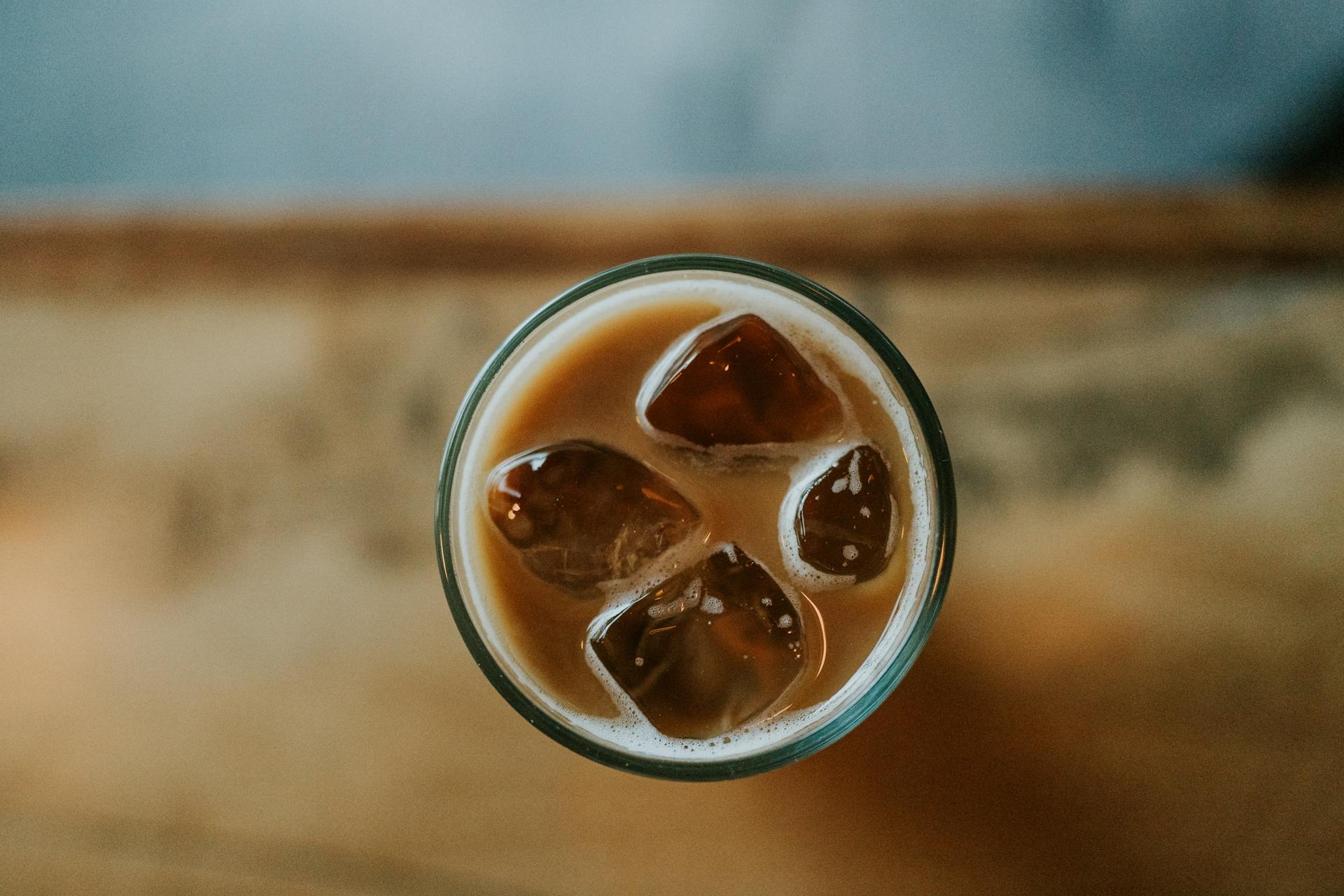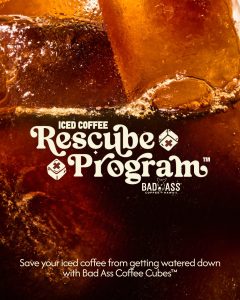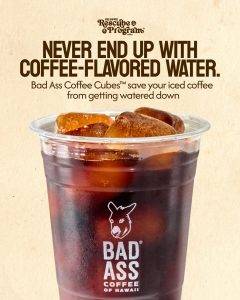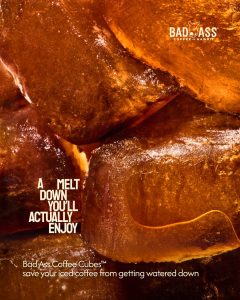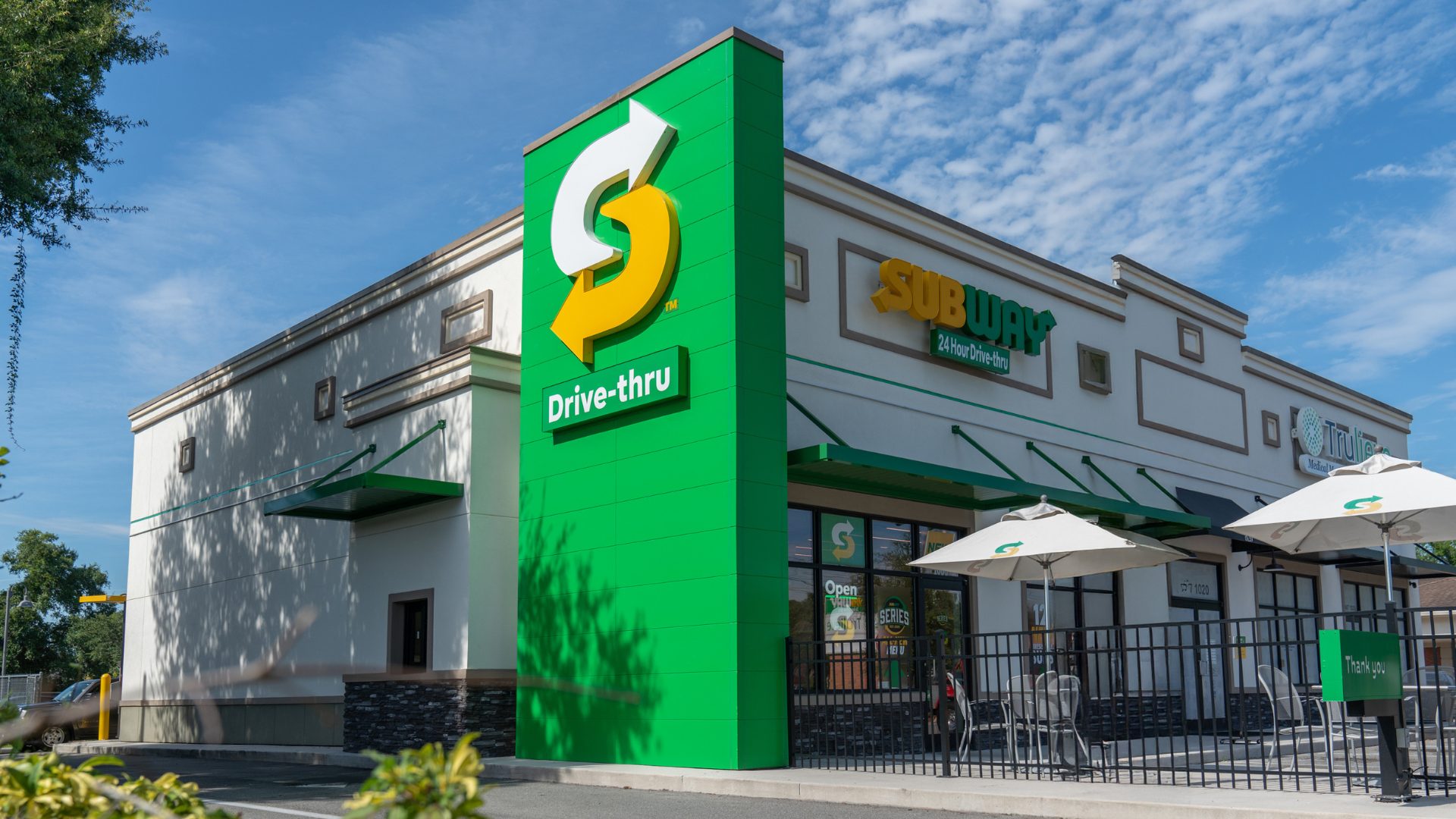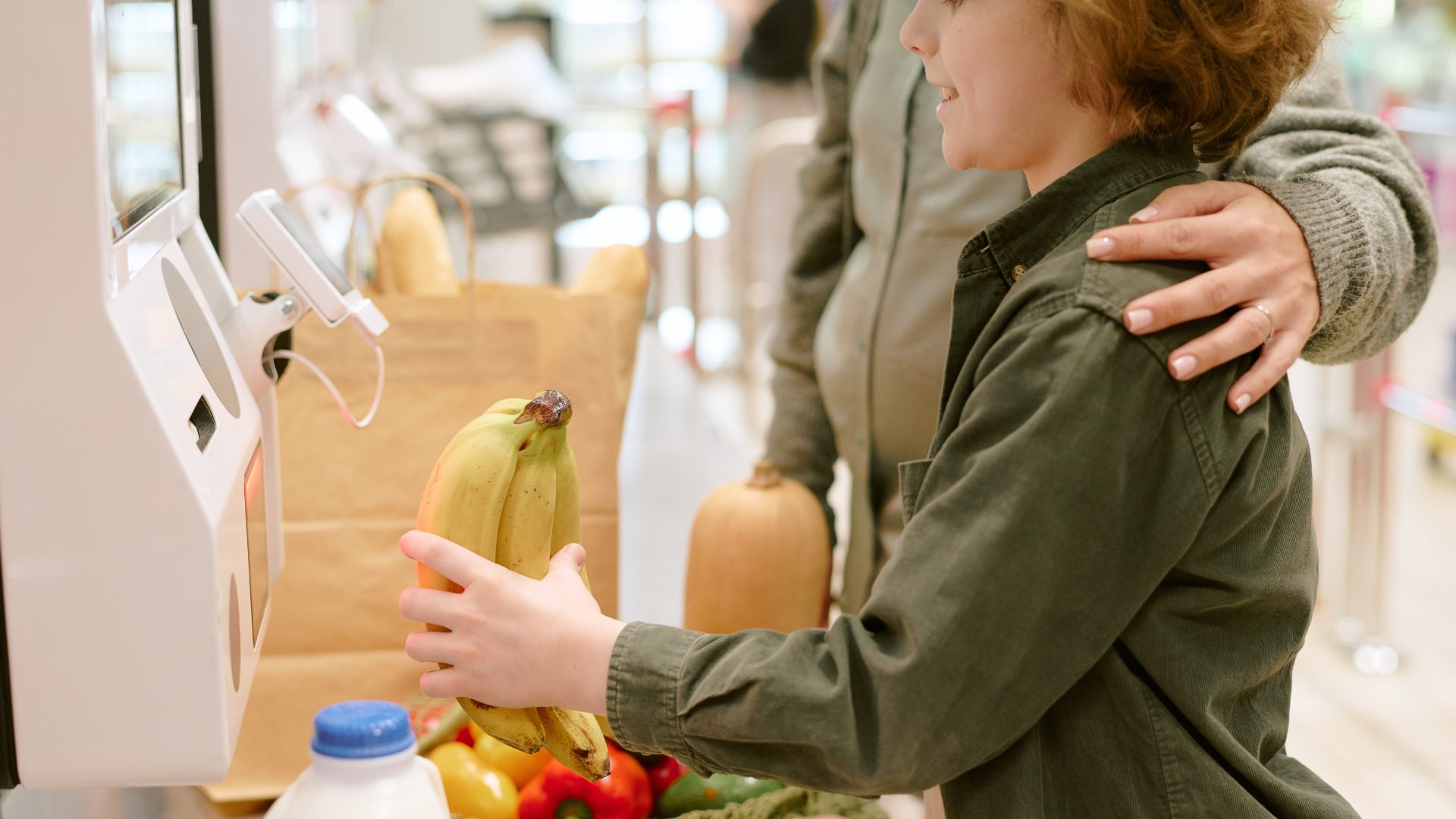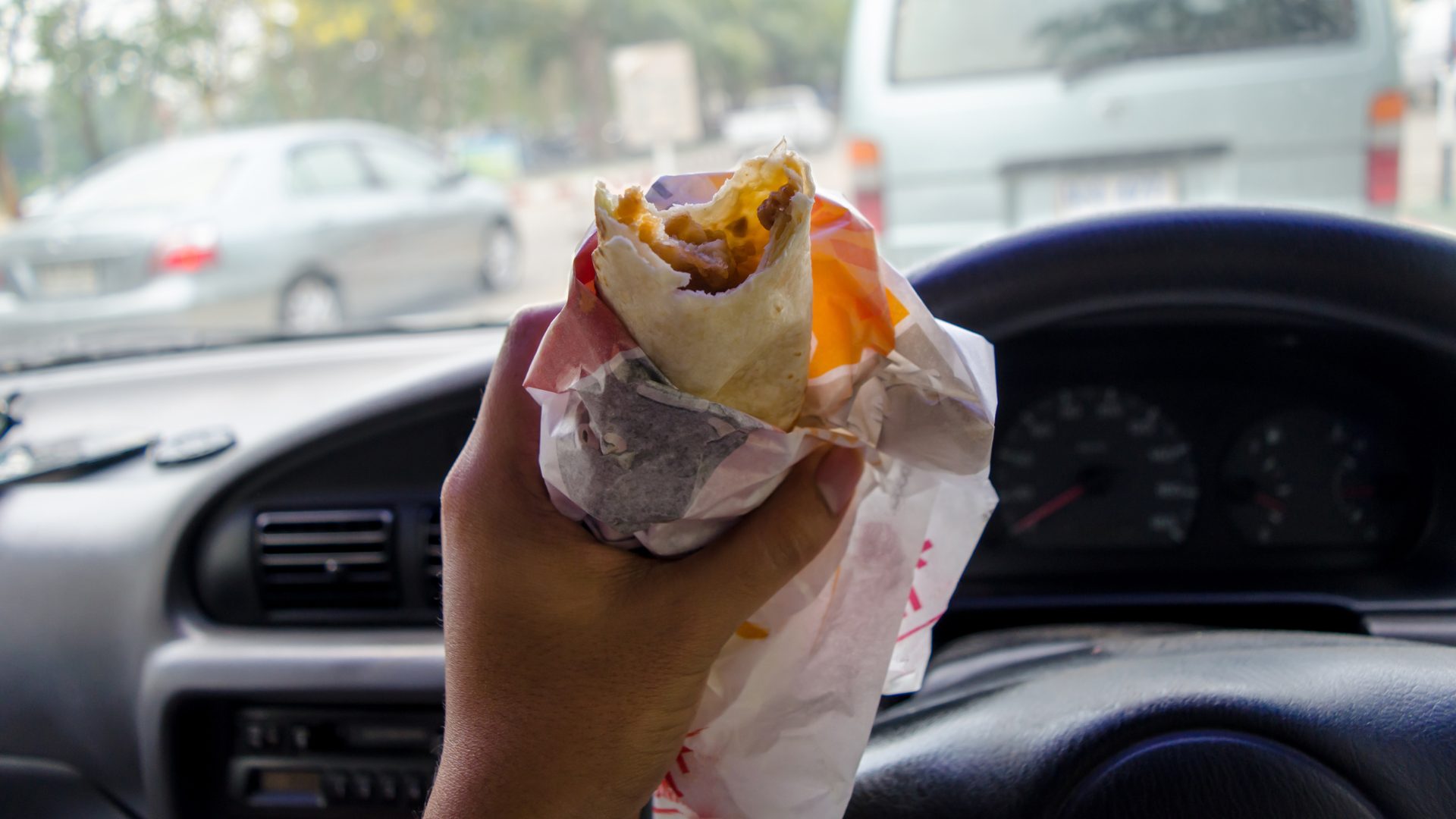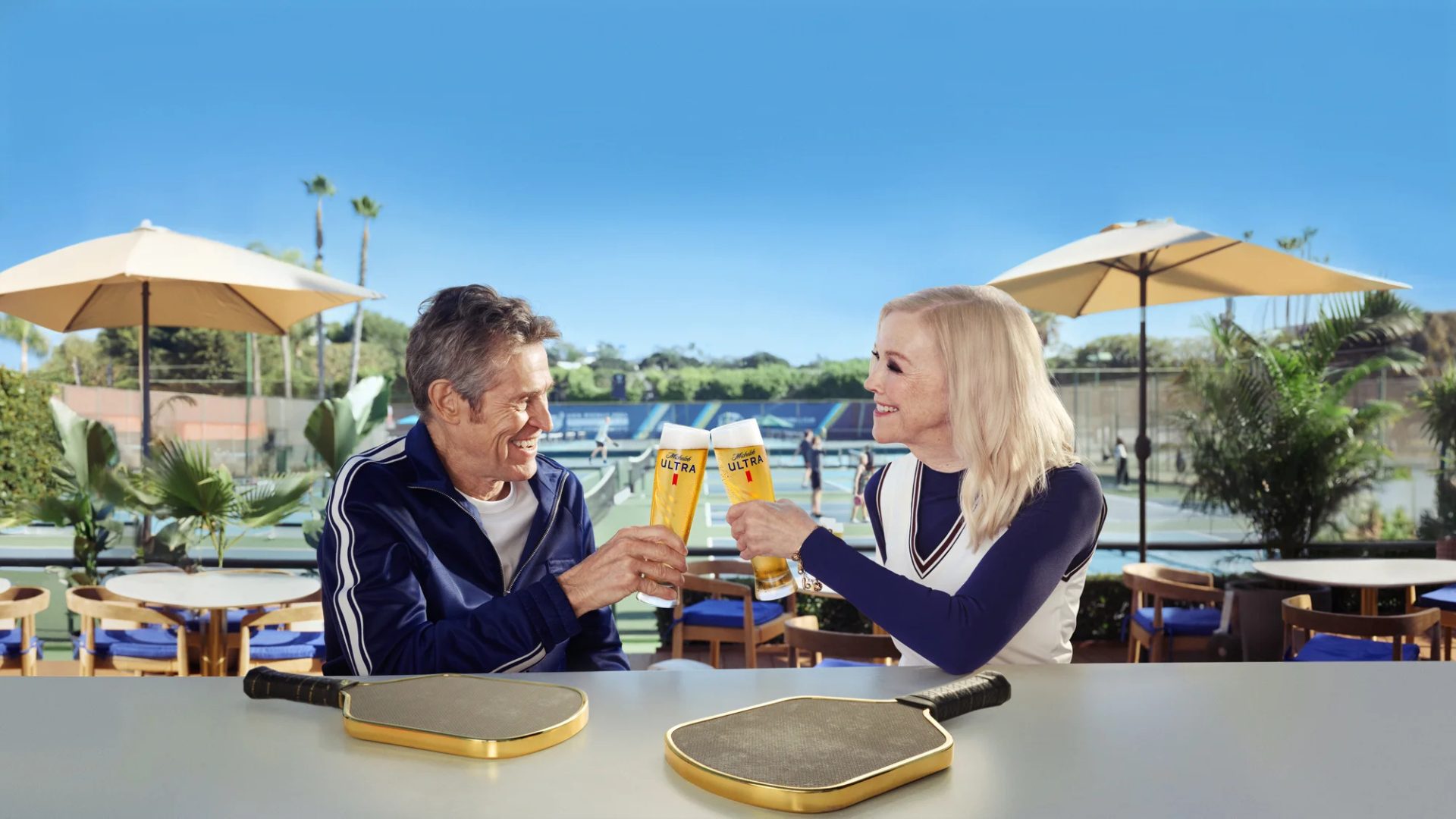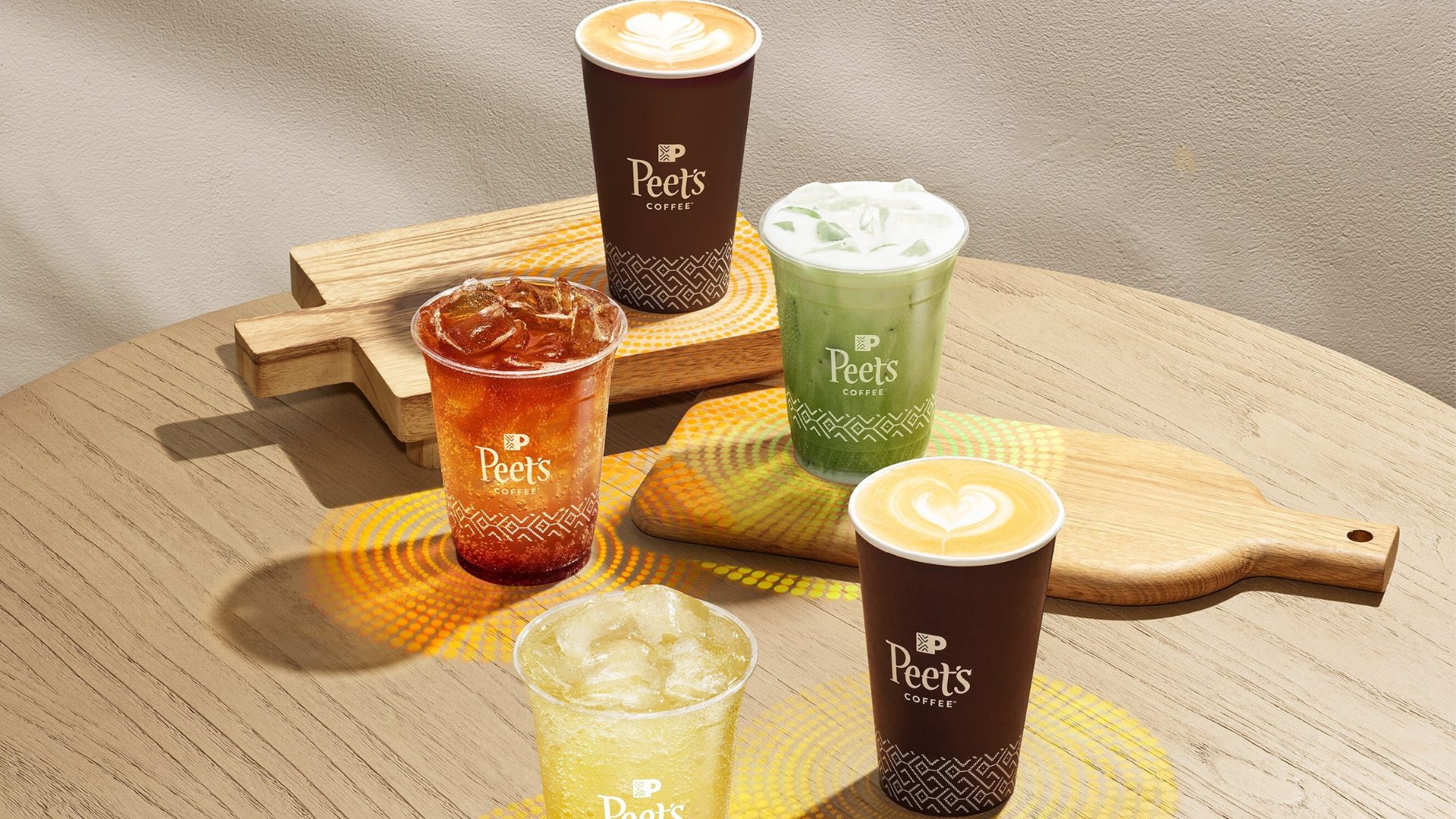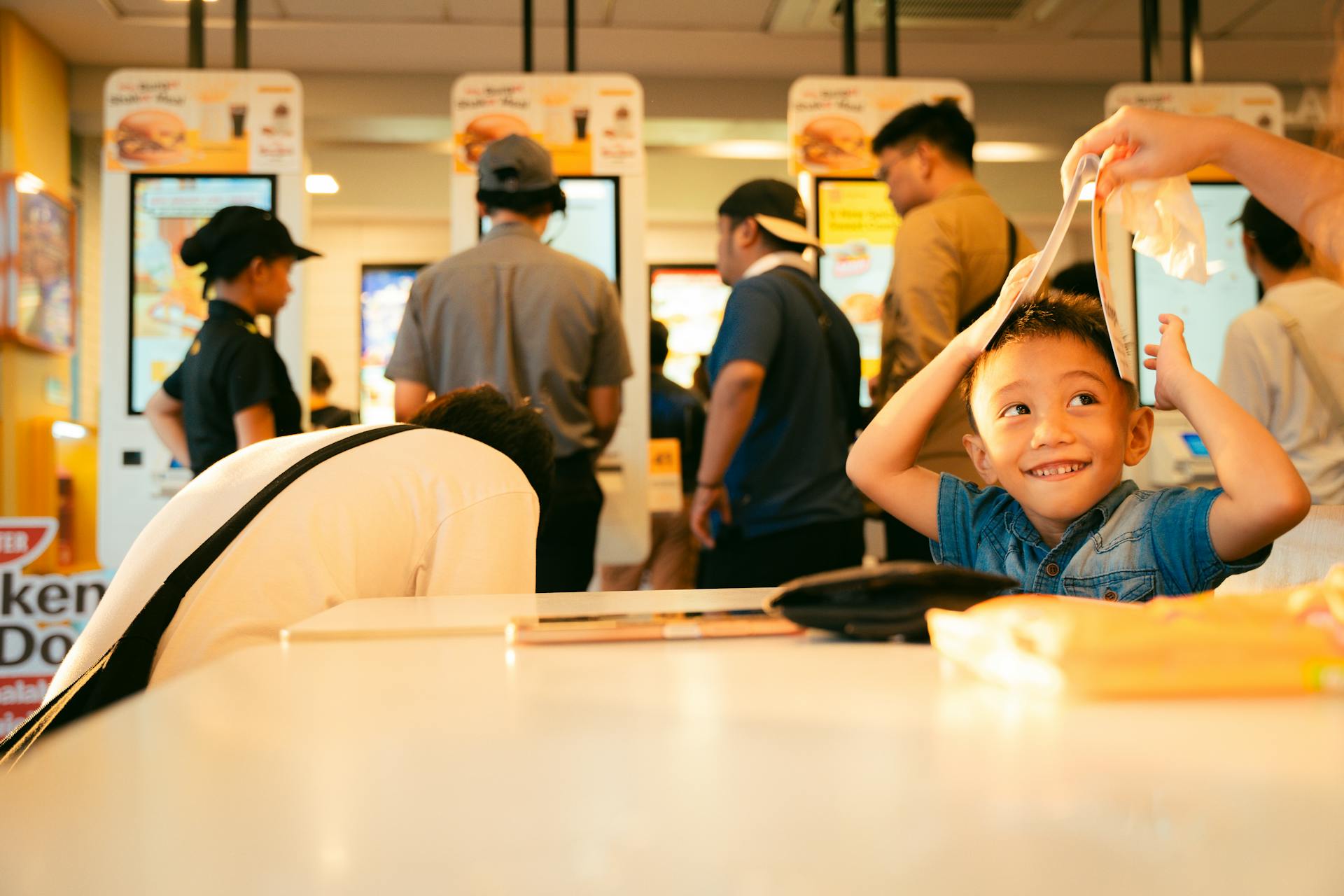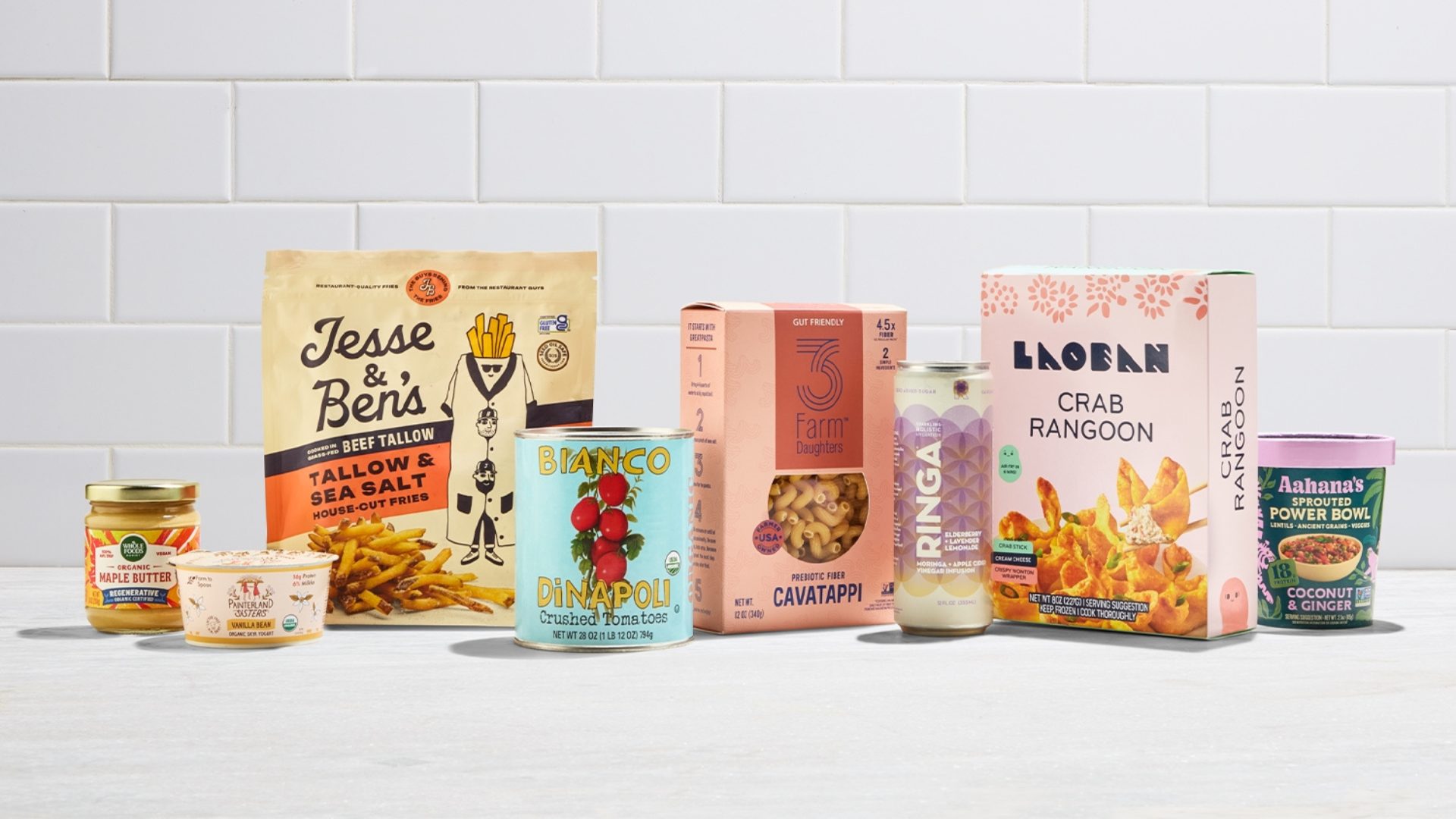Although iced coffee is beloved by many, it’s rarely enjoyed in its entirety due to its tendency to get watered down quickly and easily – especially in a warm place like Hawaii.
However, Bad Ass Coffee of Hawaii, a coffee shop chain with 30 locations across 14 states and more than 100 additional stores in various stages of development, has developed a solution to this common dilemma: ice cubes made of coffee instead of water.
The chain recently partnered with Brooklyn-based branding agency The BAM Connection to launch the Bad Ass Coffee “Rescube” Program, a playful campaign that kicked off with this pseudo-serious reel posted on the brand’s Instagram account.
“Watered-down coffee is the enemy, and our Coffee ‘Rescube’ Program is here to save the day,” said Maureen Maldari, CEO of The BAM Connection. “We care about coffee, and we’re on a mission to ensure that every iced coffee stays strong and delicious from first sip to last.”
The next phase of the campaign will include a series of paid and organic digital and social media supporting the Rescube program, as well as a social activation featuring user – and influencer-generated photos of melted, diluted iced coffee spotted “in the wild.”
When asked where the idea of coffee ice cubes came from, chief brand officer at Bad Ass Coffee of Hawaii, Iain Douglas, told The Food Institute that Bad Ass Coffee came up with the idea “well before the boom in iced coffee,” essentially as a quality control measure.
“With +50% of coffee sold in stores being iced, it was time to [highlight] what we were doing and always have done so our guests and our future guests could get premium value,” Douglas said. “The idea came about for two insightful reasons, both which make a difference and reflect and protect our quality standards and the premium coffee we offer.
“One, we saw so many people throwing out the last few inches of their iced coffee, as they tasted so weak and watery,” Douglas added, noting that the brand felt that this was “not only disappointing” but also “wasteful.”
After mulling over a few solutions, the brand deferred to its “truly bad ass coffee freshness standard,” which involves not serving a coffee 45 minutes after it is made.
“We want to give people the best,” Douglas explained. “Our baristas loved the standard, yet didn’t like throwing away coffee. They started pouring it into ice-trays at the 45 minute mark instead of throwing it away so we didn’t waste anything, and thus the idea of Badass Coffee ice cubes was born.”
When the brand decided it was time to share the innovation with the world, they opted to leverage humor through a collaborative campaign with The BAM Connection.
“I must share a line from our creative team at our agency The BAM Connection, who put it perfectly in the video: ‘Every year, millions of iced coffees are bought with high hopes. But with their ice melting, you are eventually sipping a bland, lukewarm puddle that tastes like betrayal.’ I love this line because it hilariously captures the emotion perfectly,” Douglas said.
“This is an ongoing campaign because this is an ongoing product offering and brand differentiator,” said Rob Baiocco, chief creative officer at The BAM Connection.
“From a brand strategy perspective, their product is different from all the others out there. … As the campaign grows, it will be all about new insights and creative ways to bring their mission to life.”
Food for Thought Leadership
Is the future of flavor increasingly borderless? Valda Coryat, vice president of marketing for condiments and sauces at McCormick, reveals how curiosity powers McCormick’s flavor foresight, why segmentation by “flavor personality” matters, and how flavors are becoming more culturally driven.


